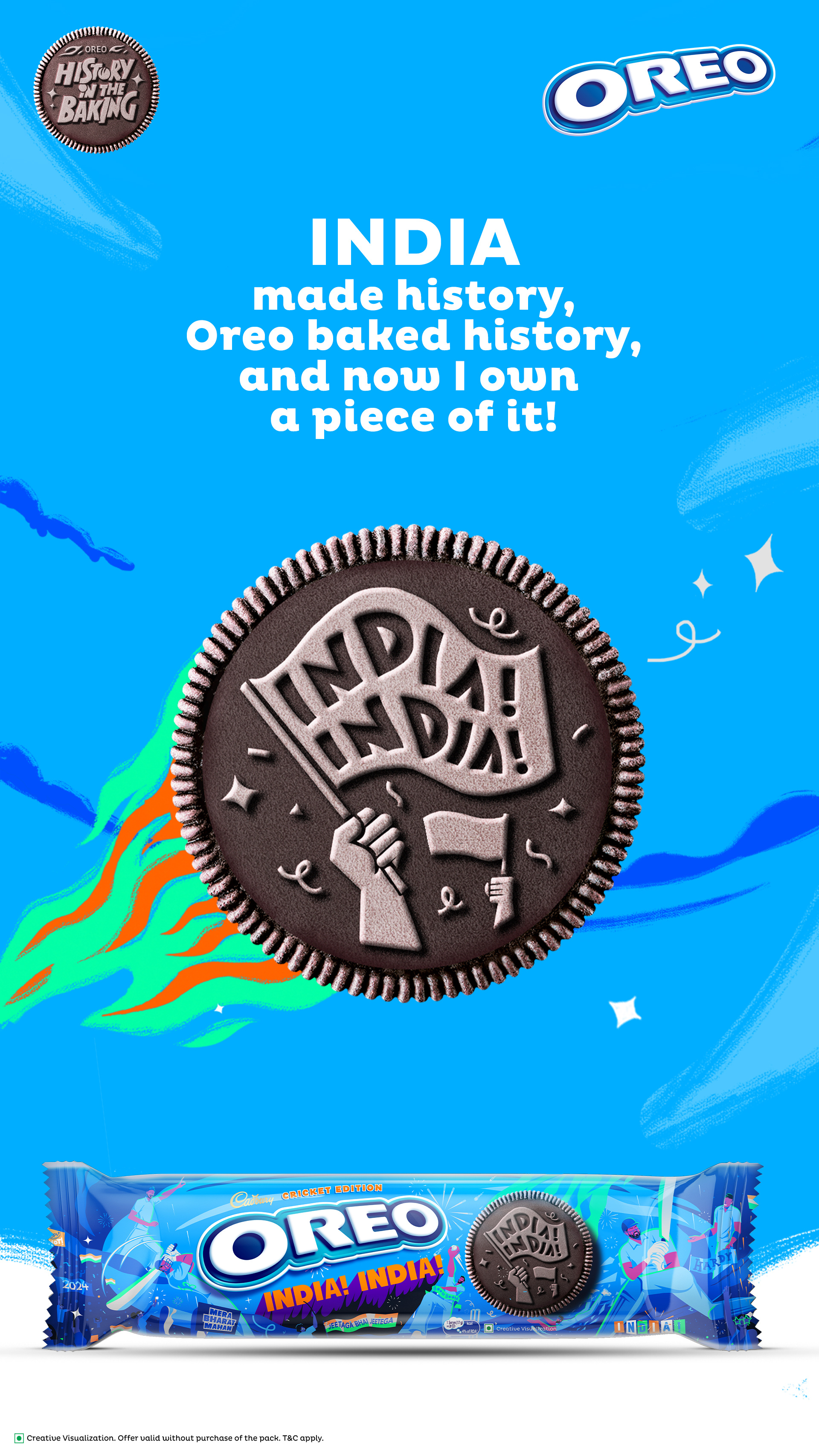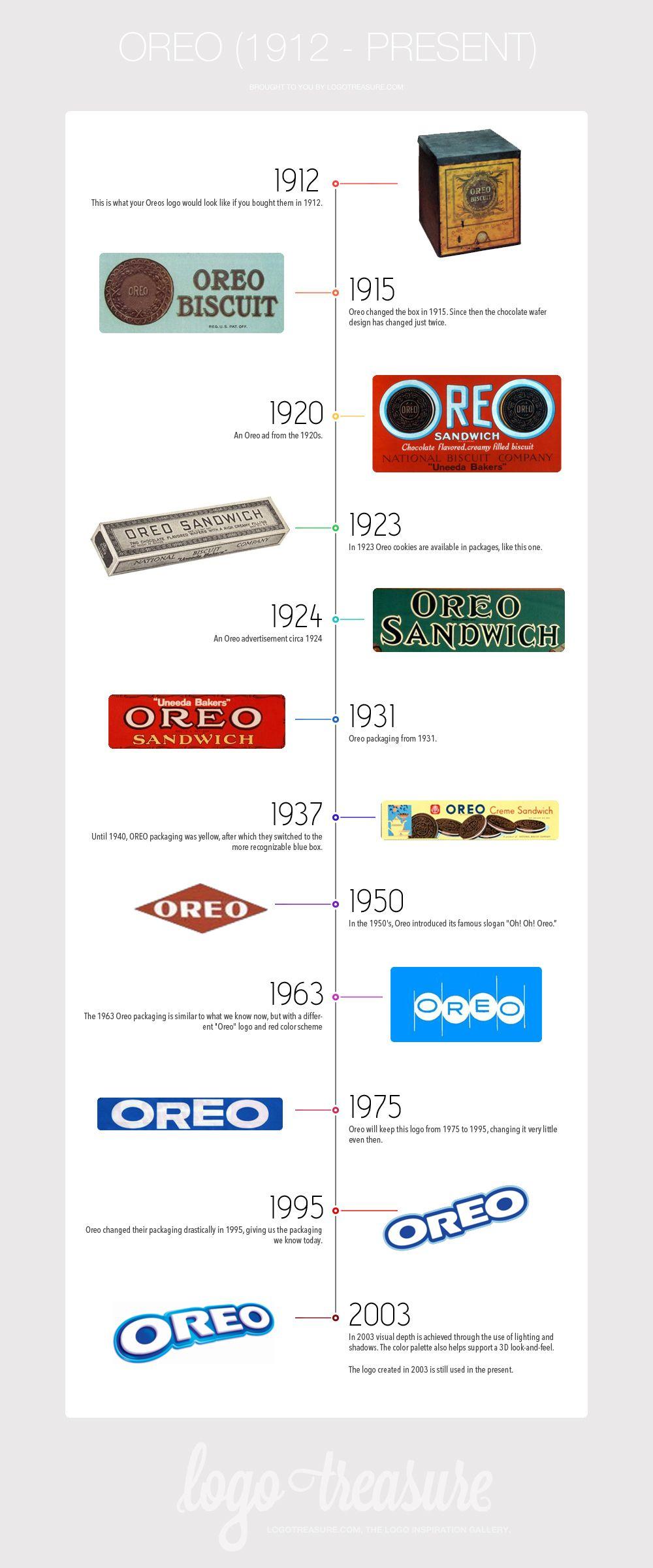Oreo history is a fascinating tale of innovation, branding, and global appeal. Since its inception in 1912, Oreo cookies have captured the hearts and taste buds of millions around the world. These iconic chocolate sandwich cookies with a creamy filling have become a symbol of indulgence and nostalgia for many generations.
From humble beginnings in a bakery in New York City to becoming a globally recognized brand, the story of Oreo is one of perseverance, creativity, and strategic marketing. As we delve into the history of Oreo, we will explore how this humble cookie became a household name and a favorite snack worldwide.
In this article, we will uncover the origins of Oreo, its evolution over the years, and the cultural impact it has had on society. Whether you are a die-hard fan of these delicious treats or simply curious about their origins, this article will provide a comprehensive look at the rich history of Oreo.
Read also:Luke Wilson And His Wife A Glimpse Into Their Life Together
Table of Contents
- Origins of Oreo
- Branding and Marketing Strategy
- Evolution of Oreo
- Exploring Oreo Flavors
- Global Impact of Oreo
- Sales Statistics and Milestones
- Oreo's Competitors
- Cultural Significance of Oreo
- Health and Nutrition Facts
- The Future of Oreo
Origins of Oreo
The story of Oreo begins in 1912 when Nabisco (then known as the National Biscuit Company) introduced the cookie to the market. Created by biscuit designer William Turnier, the original Oreo was designed to be a simple yet irresistible treat. The name "Oreo" is believed to have been derived from the French word "or," meaning gold, as the early packaging was gold in color.
The First Production
The first batch of Oreos was baked at Nabisco's factory in Chelsea, New York City, on March 6, 1912. The cookies were sold in tins and marketed as "the most delicious biscuit," with a price tag of 30 cents per pound. The original design featured a wreath pattern on the cookie's surface, which later evolved into the more intricate design seen today.
Some key facts about the origins of Oreo include:
- First introduced in 1912
- Designed by William Turnier
- Originated in New York City
- Initially sold in gold packaging
Branding and Marketing Strategy
Oreo's success can be attributed, in part, to its clever branding and marketing strategies. From its iconic slogan "Twist, Lick, and Dunk" to its memorable jingles, Oreo has consistently found ways to engage its audience and create a sense of nostalgia.
Iconic Campaigns
Over the years, Oreo has launched several successful advertising campaigns that have resonated with consumers. One of the most famous campaigns was the "Daily Twist" during the 2013 Super Bowl, where Oreo capitalized on social media trends by creating real-time ads based on game events.
Other notable campaigns include:
Read also:How Old Is Lisa Bonet A Comprehensive Look At Her Age Career And Life
- "Twist, Lick, and Dunk" slogan
- "Oreo Dunk in the Dark" Super Bowl ad
- Social media engagement with real-time marketing
Evolution of Oreo
Since its debut, Oreo has undergone several changes in design, flavor, and packaging to keep up with consumer preferences and market trends. The evolution of Oreo reflects the company's commitment to innovation and quality.
Design Changes
The original Oreo design featured a simple wreath pattern, but in 1924, the company introduced a more intricate design with a four-leaf clover motif. This design remained largely unchanged until 1952 when the current design, featuring a more detailed wreath and the word "OREO," was introduced.
Key design changes include:
- 1912: Original wreath pattern
- 1924: Introduction of four-leaf clover motif
- 1952: Current design with detailed wreath and "OREO" inscription
Exploring Oreo Flavors
While the classic chocolate sandwich cookie remains a favorite, Oreo has expanded its flavor offerings to cater to diverse tastes. From seasonal flavors to limited-edition varieties, there is an Oreo flavor for everyone.
Popular Flavors
Some of the most popular Oreo flavors include:
- Double Stuf
- Mega Stuf
- Peanut Butter
- Chocolate Creme
- Strawberry
These flavors have contributed to Oreo's popularity and helped maintain its relevance in a competitive market.
Global Impact of Oreo
Oreo's influence extends far beyond its birthplace in the United States. Today, Oreo is sold in over 100 countries and has become a global phenomenon. Its widespread appeal can be attributed to its universal taste and adaptability to local preferences.
International Variations
In different regions, Oreo has been customized to suit local tastes. For example, in China, Oreo offers green tea and red bean flavors, while in the Middle East, a date-flavored Oreo is available. These adaptations demonstrate Oreo's ability to cater to diverse markets.
Sales Statistics and Milestones
Oreo's success is reflected in its impressive sales figures and milestones. Since its launch, Oreo has sold billions of cookies worldwide, making it one of the best-selling cookies of all time.
Key Milestones
Some notable milestones in Oreo's history include:
- 1912: First batch of Oreos baked in New York City
- 1998: Oreo becomes a global brand
- 2012: Celebrating 100 years of Oreo
- 2022: Annual sales exceed $2 billion
Oreo's Competitors
In the highly competitive snack industry, Oreo faces stiff competition from other brands. However, its strong brand identity and loyal customer base have helped it maintain its position as a market leader.
Major Competitors
Some of Oreo's main competitors include:
- Chocolate Digestives
- Lotus Biscoff
- Speculoos
- Twisties
Despite the competition, Oreo continues to innovate and expand its product line to stay ahead in the market.
Cultural Significance of Oreo
Oreo has transcended its status as a mere snack and has become a cultural icon. It is often referenced in pop culture, literature, and media, further cementing its place in society.
Oreo in Pop Culture
From being featured in movies and TV shows to inspiring music and art, Oreo has left an indelible mark on popular culture. Its association with fun and nostalgia makes it a beloved treat for people of all ages.
Health and Nutrition Facts
While Oreo is undeniably delicious, it is important to consider its nutritional value. Each cookie contains a mix of carbohydrates, fats, and sugars, making it a treat best enjoyed in moderation.
Nutritional Information
A standard serving of three Oreo cookies contains approximately:
- 160 calories
- 7 grams of fat
- 21 grams of carbohydrates
- 1 gram of protein
Oreo has also introduced healthier options, such as reduced-sugar and whole-grain varieties, to cater to health-conscious consumers.
The Future of Oreo
Looking ahead, Oreo is poised to continue its growth and innovation. With plans to expand into new markets and introduce exciting new flavors, the future of Oreo looks bright.
In addition to product innovation, Oreo is committed to sustainability and ethical sourcing. By prioritizing these values, Oreo aims to maintain its position as a leader in the snack industry while making a positive impact on the environment.
Conclusion
Oreo history is a testament to the power of innovation, branding, and adaptability. From its humble beginnings in 1912 to its status as a global icon today, Oreo has captured the hearts and taste buds of millions worldwide. Its rich history, diverse flavors, and cultural significance make it a beloved treat for people of all ages.
We invite you to share your thoughts and experiences with Oreo in the comments below. Have you tried any unique flavors or Oreo-inspired recipes? Let us know! For more articles on food, history, and culture, explore our website and stay updated on the latest trends and stories.


